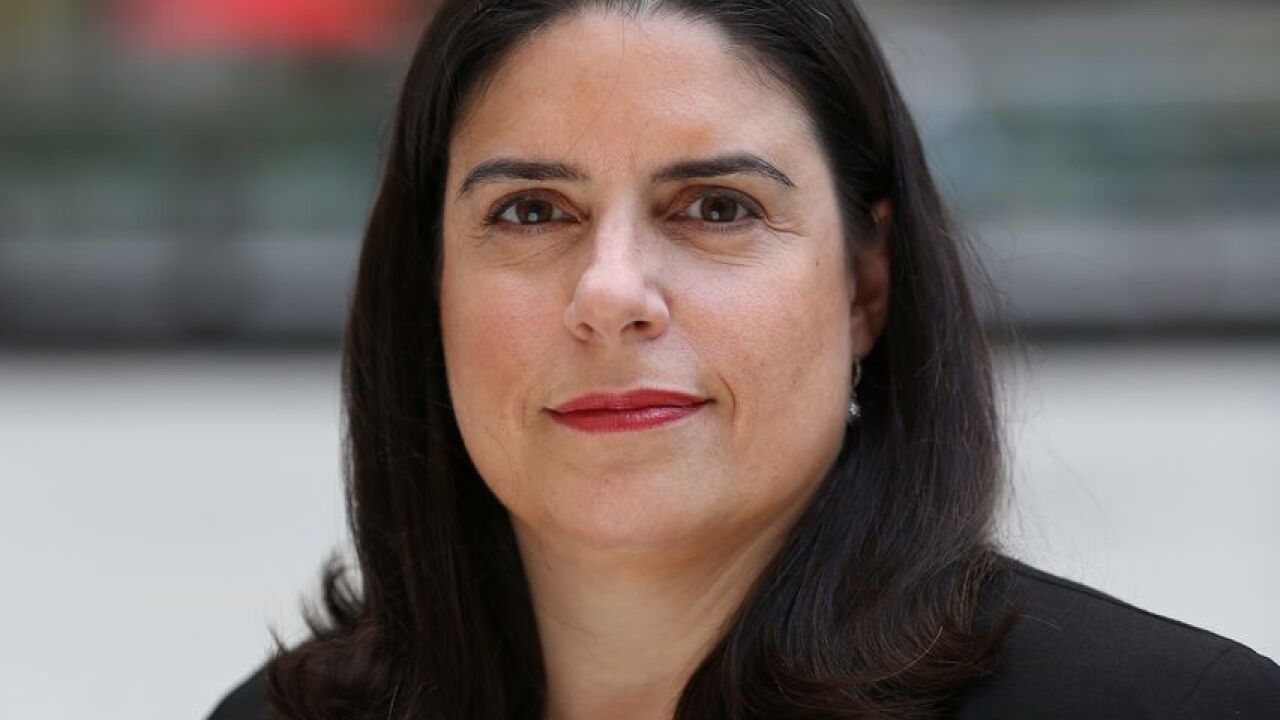Of all the catastrophes that have hit New York in the past 100 years, COVID-19 was much different with more unknowns that made fiscal planning all the more complex, according to Gov. Andrew Cuomo’s budget director.
“We’ve had 9/11, the financial crisis, the Great Recession, the Great Depression. It was a different time here,” Robert Mujica said Wednesday during a webcast hosted by the State University of New York’s Rockefeller Institute of Government.
“9/11 was a one-time thing and you were scared,” Mujica said, “but here, you didn’t know when it was going to end.”
The coronavirus pandemic escalated in March 2020, when New York, which has the earliest state budget deadline at April 1, was finalizing its fiscal 2021 spending plan. State officials, unsure about federal aid, borrowed $4.5 billion which it has since repaid.

“This was the mother of all rainy days,” Mujica said. “We had to get a budget done, but that’s long-term. We were shutting down and people were getting sick. We had to make sure the hospitals didn’t topple over, that the trucks were getting in and food was on the shelves.”
For fiscal 2022, Cuomo and the legislature navigated through the year uncertain about Washington leadership and levels of federal aid before finalizing its $208.9 billion
Some semblance of normalcy returned this spring as the budget deadline neared.
“The budget people never left the building,” Mujica said. “The two budgets were bleeding together and right now we’re just starting to look above the fog.”
New York State received $12.7 billion under the latest round of federal rescue aid, the American Rescue Plan. Municipalities and K through 12 public schools are in store for $10.8 billion and $9 billion, respectively.
“With the $13 billion [from Washington], the you hear ‘where is my share, will I get the right amount’?” Mujica said.
To a limited degree, he said, Zoom meetings helped. “But in negotiations, there are nuances you need to pick up in person.”
The rating agencies followed these developments and after moving the state credit to negative during the crisis have all since changed their outlooks on New York to positive or stable.
S&P Global Ratings, Fitch Ratings and Kroll Bond Rating Agency rate the state’s general obligation bonds AA-plus. Moody’s Investors Service rates them Aa2 and raised its outlook on state GOs last month to positive. S&P and Fitch also in June revised their outlooks to stable from negative. Kroll's outlook is also stable.
David Fridfel, secretary to the Senate Finance Committee, said the budget cycle was “odd for everyone."
He began his job in December, midway through the budget cycle. Previously Fridfel he was the director of state studies for the watchdog Citizens Budget Commission.
Unfinished business, according to Fridfel, include adequate pay and staffing levels for nursing homes and home-care workers, and weeding out fraud linked to some related programs.
“That’s one of the things we’ll be looking at in the future,” he said.
The pandemic challenged New York’s 589 state and local authorities, said Jeff Pearlman, director of the Authorities Budget Office.
“This full pandemic fiscal year — government, including the ABO, stepped up,” Pearlman said while releasing ABO’s
According to Pearlman, public authority hospital expenses rose while revenues plummeted during the pandemic; sewer and water authorities were affected because of the demographic changes of people working from home; and, state and local economic development agencies took on additional legal tasks.
The total amount of debt all state agencies reported was $243.4 billion, although ABO said the Metropolitan Transportation Authority, which operates mass transit in the New York City region, did not report its debt in 2020.
The MTA reported $45.3 billion of total debt in 2019. Documents released with the MTA’s board meeting last week showed the MTA, one of the largest municipal issuers, carrying $49.4 billion of debt, including special credits.
Debt growth at the local level remains a concern, according to Pearlman.
“The ABO also is devoting increased attention to the proliferation of not-for-profit local development corporations that are created to issue tax-exempt debt and undertake public projects,” Pearlman added. “We need to ensure these entities are held to the highest standards of accountability and transparency in order to understand how they are carrying out a bona fide public benefit.”
Pearlman also said incorrect or incomplete financial data reported by public authorities remains a major problem that the pandemic worsened.
ABO’s analysis of bonded debt data reported by local authorities found questionable and incorrect reporting when comparing the data against what the authority posted.
“Errors and inaccuracies affect the analysis and understanding of how authorities truly function,” Pearlman said.





